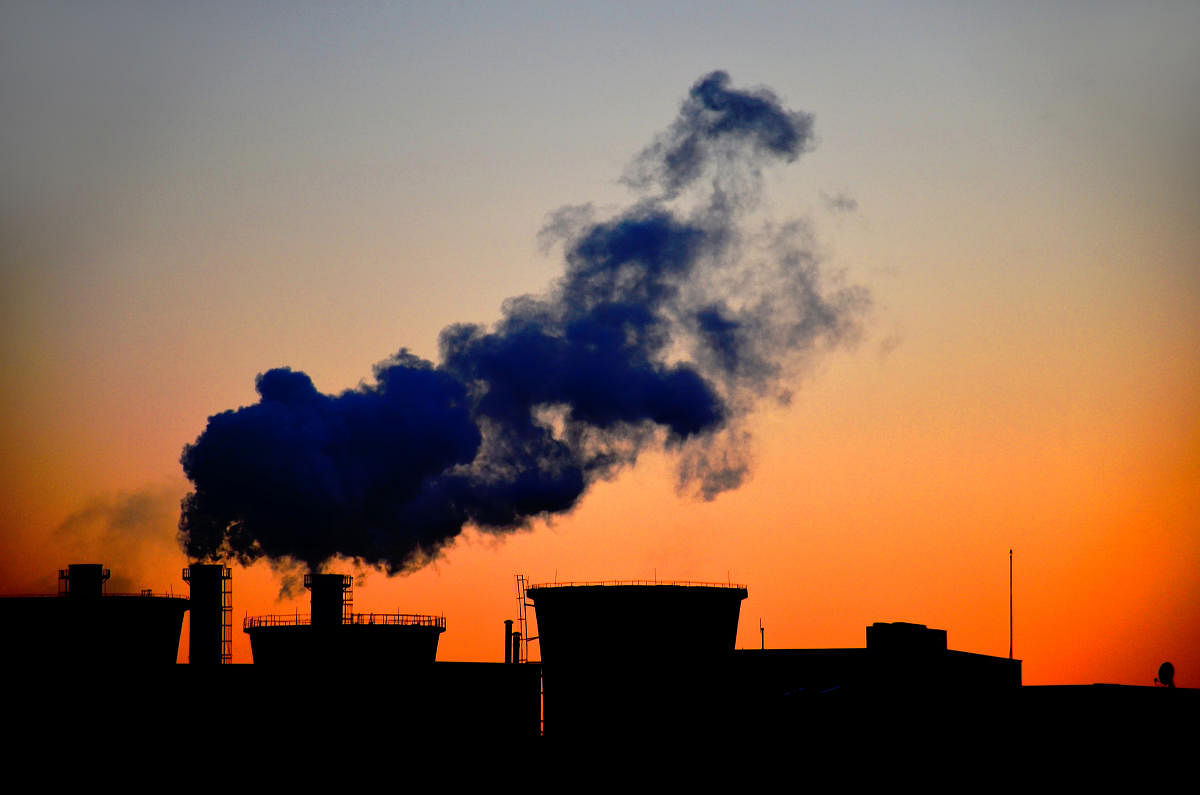
Air pollution is the biggest global environmental health risk, responsible for more than 6 million deaths in 2016. Middle-income countries like ours where development and urbanization have brought increased emissions from many sources, including heavy industry and motorised transport, have outpaced air pollution control measures.
Polluted air is a complex mixture of gases and aerosols and the most measured and important pollutant of concern is particulate matter (PM) which manifests as dust, soot, smog or smoke. Chemical components vary according to the source.
Dr Sumi Mehta, Senior Epidemiologist, Vital Strategies Environmental Health Division explains that health risks from PM depend on particle size.
Particles below 2.5microns (PM 2.5) are most harmful as they penetrate into the small airways and air sacs of the lungs.
Fine particulate matter (PM 2.5) is the most important pollutant to monitor and reduce. It is an indicator of a pollution mixture from fuel combustion and other sources that causes the most serious illness and death globally.
Most at risk include very young (including that exposed in-utero via maternal exposure), very old, those with chronic health problems (especially heart and lung conditions), those without access to good care for their health conditions, and those most exposed because of where they live and work and factors associated with social disadvantage like dependence on solid fuels and lack of air conditioning.
PM 2.5 particles contain toxic and cancer-causing chemicals, mainly from fuel combustion. The small size of fine particles allows them to pass deeply into the respiratory tract where they cause local and systemic inflammation and oxidative stress, contributing to serious illness and death from cardiovascular and respiratory diseases, cancer and diabetes. PM 2.5 also impacts birth outcomes and child health, such as causing lower birth weight and potentially impairing well-being and productivity across the life span.
In response to the question as to where Bengaluru stands in relation to India she says— based on models that use a combination of remote sensing and surface observations, Karnataka state and the surrounding region have annual average PM 2.5 concentrations that are 2-4 times greater than WHO health based norms.
This places Bengaluru in a region with air that is much more polluted than it should be and can be, though not as severely polluted as some other states, such as Uttar Pradesh, Bihar and the Delhi NCR. Regional sources and weather conditions contribute to these vast differences.
Because India does not yet have uniform monitoring across cities, it is not possible to rank Bengaluru in relation to other cities. Bengaluru’s clean air action plan does call for improving monitoring data.Air pollution happens in the following ways— transportation, dust, waste burning, domestic fuel, dg sets, industry/ bricks transported from outside city
In response to whether these sources of air pollution be controlled, Dr Mehta says, “Yes, emission sources that are controllable by the city include—better public transport to reduce private and for-hire vehicle trips and reduce congestion.
Cities should also introduce cleaner city fleets, especially buses, improve solid waste management, set regulations on the use of domestic fuel and diesel generators, introduce control measures for construction and road dust.
The city’s clean air action plan includes some measures to begin to address some major sources.
However, successful regulation and enforcement of several key sources, including imported pollution, vehicle and fuel standards, require broader state and national level policies and implementation. Ensuring, strengthening and monitoring implementation of clean air policies are key to progress.
Revised source apportionment data she states, should be used to assess the current and additional measures needed.